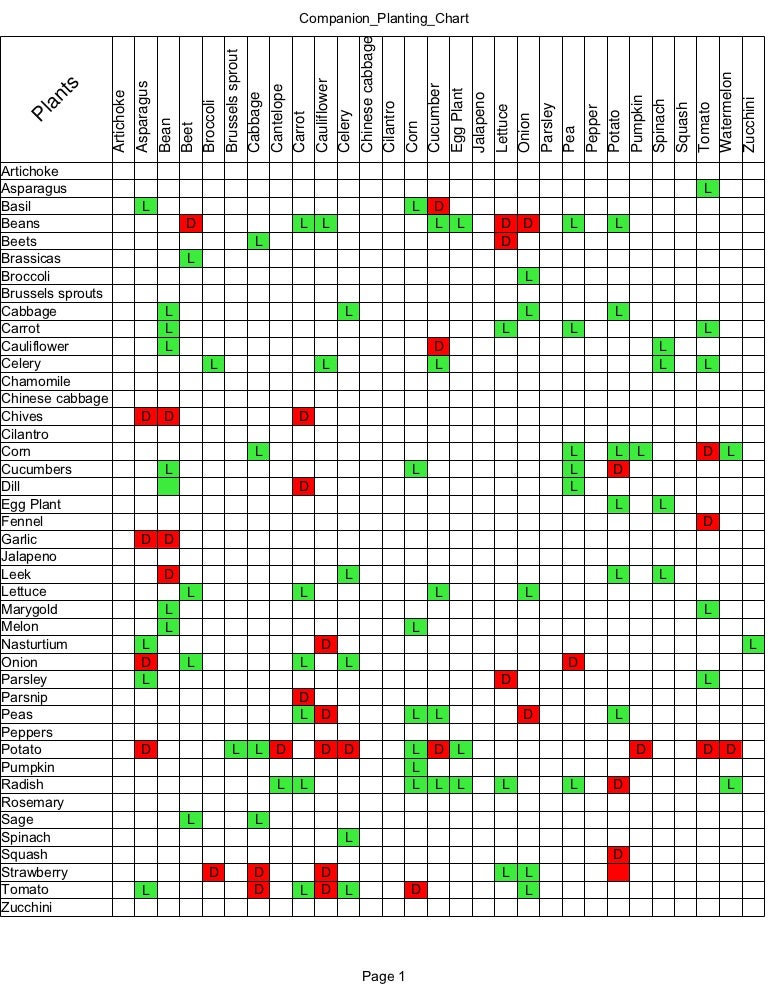

Historical records show the ancient Romans utilized a variety of plants in their garden designs to prevent pests. They will be attracted by the smell and food that is available in these flowers.Ĭompanion planting is one of the oldest traditions when it comes to planting a garden. Rather than immediately pulling spent plants, letting some of your veggie plants go to flower is an easy way of attracting insects and birds to your garden. The ladybug is your garden friend, so using plants to attract or keep it in your garden is one of the best ways to prevent unwanted insects like aphids. The tansy flower is a great example, as ladybugs love this flower. Attract Beneficial InsectsĬreating a habitat and providing food for beneficial insects is another principle of companion planting. These are just some examples of how one plant can be beneficial to another if they are grown near each other. Dill will attract aphids rather than having them get into your broccoli heads. Planting onions or chives in your carrot bed will help to prevent carrot flies from reaching the carrot root. Planting mustard greens near your cabbage, for instance, will attract the flea beetle to the mustard rather than the cabbage plant. Knowledge about particular plants can be used to draw a certain pest to one plant (the sacrificial plant) rather than to another. Insects can be repelled or attracted by the odor of certain veggies, herbs, or flowers. The diversity is one-way companion planting seems to work. Planting a diverse range of plants in your garden can mask or hide a crop from certain pests. These are just some examples of ways companion planting will maximize a small-space garden and help you use time efficiently. Or, plant your celery and leeks near each other they both have similar growing requirements and grow best when blanched. The basil and tomato plants like the same growing conditions, have similar water requirements and are good companion plants.

The lighter color is often preferable when selling these products.Īnother example is to plant your basil around the base of your tomato plant, just making sure that your tomato plant will be supported so enough light will reach the basil. This practice makes the stalk whitish like, for example, celery or leeks.

The cabbage will be harvested in the early winter, leaving nutrients and space for the garlic to grow in late winter and early spring.īlanching is a technique of mounding soil or other materials around the base of a plant to prevent light from reaching it. Place out your cabbage transplants then in September or October plant your garlic bulbs around the cabbage. For example, after your spring crop of radishes and spinach has finished in July, get your bed ready for your fall planting of cabbages by adding in manure and compost. You can use your space and soil nutrients more efficiently using companion plantings, especially if you have a limited area in which to grow. The corn will give the lettuce shade from the summer heat-the shade that the lettuce needs, allowing you to harvest the lettuce longer. Another example of a plant that can help another is to plant a row of corn on the south side of your lettuce. These are great for supporting beans or cucumbers. Corn or sunflowers are both plants that grow with tall, strong stalks. Companion Planting Can “Lend a Hand”īy planting certain plants together, they can give each other the physical support they may need. Planting certain plants close to each other can create support for the plants, utilize space and soil nutrients more efficiently, help prevent pests and disease, and create a habitat for beneficial insects. Best Vegetable Companion Planting Chart – Gardening GuideĬompanion planting is growing a variety of vegetable plants, herbs, and flowers in the same area to influence a healthier, more productive garden.


 0 kommentar(er)
0 kommentar(er)
